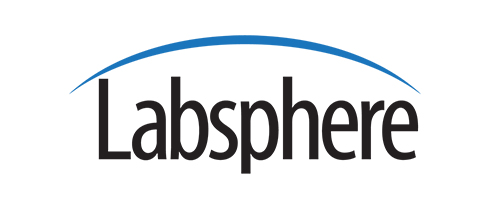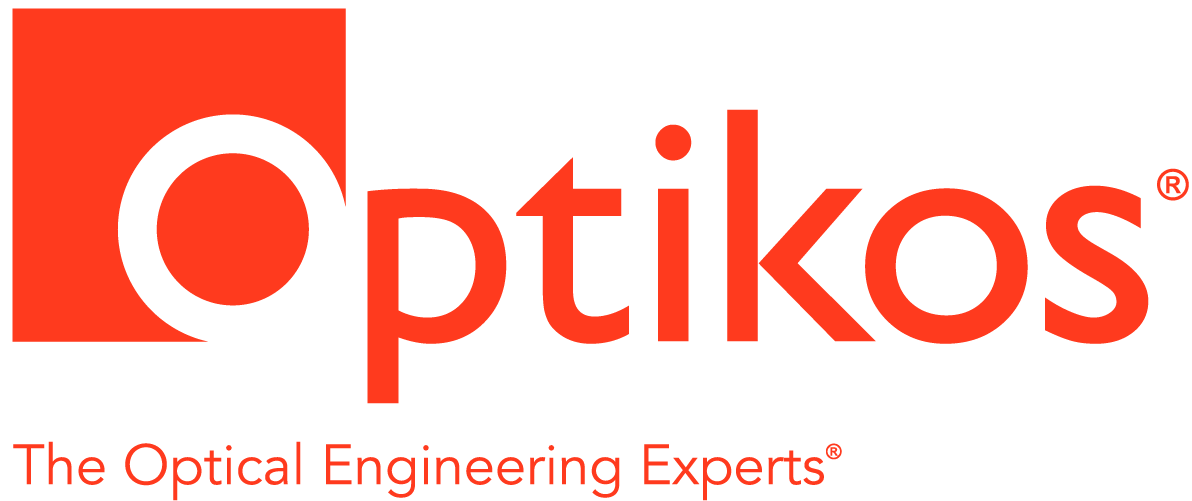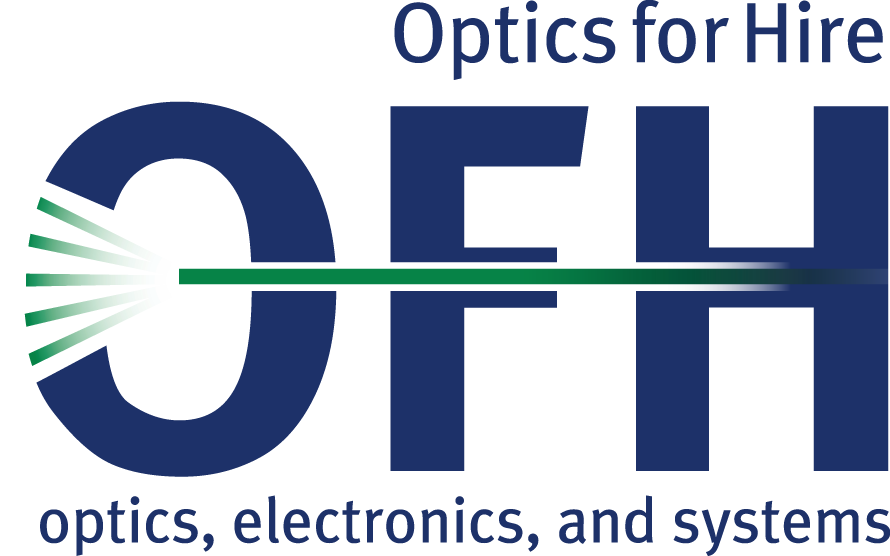The Role Universities Play in Supporting Industry Ecosystems
Innovation and entrepreneurship are ever more important parts of every organization’s strategy. With fewer institutional resources and investments that work on quarterly-to-yearly cycles, it has become ever more important to leverage limited resources for both technological and workforce development. There are a wide range of academic-industry-government programs to support and promote collaborations and sandboxes and we will discuss several of these. In particular, we will focus on recent developments associated with the photonics industry. In addition, it is important for the student learning environment to reflect the workplace, and WPI’s Project Based Learning model will be discussed.
Worcester Polytechnic Institute (WPI), in collaboration with Quinsigamond Community College (QCC), have developed the Laboratory for Education & Application Prototypes (LEAP @ WPI/QCC). Part of the national American Institute for Manufacturing Integrated Photonics (AIM Photonics) and funded through the Massachusetts Manufacturing Innovation Initiative (M2I2), the LEAP@WPI/QCC supports the integrated photonics manufacturing sector and supply chain in central Massachusetts through an open-access facility/sandbox and service center model.
This presentation will discuss the role the LEAP@WPI/QCC facility and other LEAPs will play in supporting the regional integrated photonics ecosystem through academic research, workforce training and outreach to facilitate discovery, innovation and entrepreneurism.
Meeting Logistics
| Location |
- Worcester Polytechnic Institute
- The meeting will be held on WPI's Gateway Park Campus at 50 Prescott Street, Worcester. NES/OSA signs will be posted, guiding visitors to the meeting room on the first floor. Immediately after the presentation, an informal tour of the LEAP@WP/QCC facility will commence on the 4th floor.
|
| Parking |
- Street parking is available along Prescott Street (2 hour max)
- Parking is also permitted in the Gateway parking garage (we will email guest parking placards to display on dashboards to those that provide a valid email address when registering. Please email This email address is being protected from spambots. You need JavaScript enabled to view it. if you intend to register onsite for a parking placard).
|
| Meeting Date |
- Thursday, 21 November 2019
|
| Dinner Reservation |
- Pre-register by Monday, 18 November 2019 @ 6pm
- Pre-registration price is $15
|
|
- On site registration is welcome
- On site registration is $20
|
|
- Students must pre-resister at This email address is being protected from spambots. You need JavaScript enabled to view it.
- Students can attend for free with registration
|
|
|
| Event Schedule |
| Networking and Cash Bar: |
5:45pm |
| Dinner: |
6:30pm |
| Presentation: |
7:30pm |
| LEAP@WPI/QCC Tour: |
8:30pm |
|




